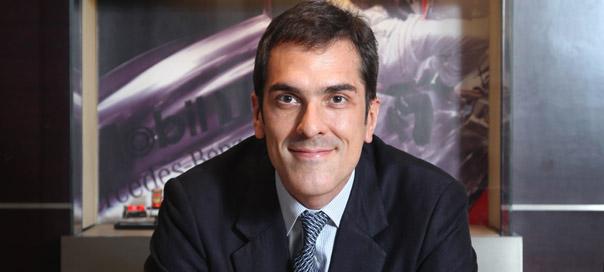Despite the current economic situation, India’s luxury market, including watches, has witnessed phenomenal growth. Franck Dardenne, General Manager, LVMH Watch & Jewellery India Private Limited, tells us about the strategy of super-precise luxury watch brand TAG Heuer for India, and how it wants the country to be one of its top ten markets
Q] What is the USP of brand TAG Heuer?
We are the most precise brand and the only watch brand to master mechanical watches with accuracy of 1/10th, 1/100th, 1/1000th and even 5/10,000th of a second. We combine sports and elegance which makes our watches versatile. You can wear a TAG Heuer watch for any occasion, be it business, sport or casual.
Q] What are the fundamental principles of your marketing strategy in India?
There are two aspects to marketing: distribution and communication to the end consumer, both of which are critical in the watch industry. The decision of an Indian buyer is often based on the dealer’s advice, which they trust. So, it’s essential to have an excellent relationship with our retailers, as they have helped build the brand in India when nobody knew us. They continue to do so, even though today, TAG Heuer drives traffic to the store. We also communicate through advertising and PR. Our treatment makes the visuals impactful and appealing. Over the last decade, we’ve tried to ensure consistency in our advertising, which has been fruitful. However, at the end of the day, the product has to be perfect and it had to speak for itself. Our watches have the least return rate in the market and we believe if the customer is happy, he will speak about the quality and their satisfaction with the product. It is in our DNA to be disruptive; the TAG in TAG Heuer means Techniques d’Avant Garde.

Q] Shah Rukh Khan endorses many brands in India. How do you ensure that your brand’s association with him lingers in the minds of your consumers?
We signed Shah Rukh Khan 10 years ago as a brand ambassador and the fit has been perfect for us. We are the only luxury brand which he is associated with and he has often said that TAG Heuer has contributed his elegance. We have been extremely faithful to him and he has been extremely faithful to us.
Q] Does your communication vary for India versus the other markets?
We can’t adapt much as our customers are aware, like the quality of our international watches produced in Switzerland. Consequently, the communication, the visuals, the campaign are the same everywhere, but we have local spokesperson as well. This doesn’t mean we only put visuals of Shah Rukh Khan in India — we also use Leonardo Di Caprio and Cameron Diaz. There must be a good balance between local ambassadors and international celebrities.
Q] India lags behind China in the luxury retail space. Why do you believe this is so? What factors could contribute to growth of this sector?
The Indian market opened 10 years after the Chinese market. In the case of TAG Heuer, our Indian and Chinese subsidiaries were both created in the same year, 2002; so things are sizeable. But if you take Swiss watch exports, China is 15 times more important than India. The customer base in India, especially the middle class, must grow. TAG Heuer’s advantage is that we have a very broad range, from Rs 75,000 to Rs 45 lakh. There is also a need for more high-end malls, which focus on the luxury segment and can drive good traffic.
Q] How do you convert a first-time buyer to a lifelong customer?
We try to provide the best after-sales service, which speaks for us. Due to Foreign Direct Investment (FDI) regulations, we are not authorised by law to retail by ourselves, so we make sure that in terms of visual merchandising and the in-store environment, the Indian customer has the same experience that they might have at a TAG Heuer showroom, anywhere in the world.
Q] How many standalone stores do you have? What is the rate of growth that you are looking at?
Currently, we have nine standalone stores in the metros, and we are also present in other cities and towns through multibrand outlets. We have always experienced a double-digit growth and look to maintain the same. This way, we can multiply our business every three or four years and our market share goes up as well; so from maybe one luxury watch out of six, we become one luxury watch out of five.
Q] On the whole, how important is the Indian market for TAG Heuer? Which city is your biggest market here?
Delhi is our biggest market and contributes to one-third of our business. India is still a small market; last year, India was in the 24th position for Swiss watch exports. For TAG Heuer, it is better but India is still not in our top ten. Our overall goal is to develop the market so that in five years, India will be one of the top ten markets for the brand.
Q] Going ahead, what are the trends that you foresee in this market?
We will see consolidation among leading brands and key brands will strengthen. Many small brands had entered the market but only the key players will survive; the consolidation will lead to lesser but stronger brands.
Q] What are the challenges faced by luxury brands in the Indian market?
There are many challenges in terms of regulations. It’s difficult to forecast how the market will be in a few months from now. High import duty restricts growth because if the taxes were less, sales would be higher and we could invest more in marketing. Consumers also have an illusion that they pay less if they buy abroad. We take a hit on our margins so that we can offer the Indian consumer the same price here as abroad.
Feedback: simran.sabherwal@exchange4media.com
























